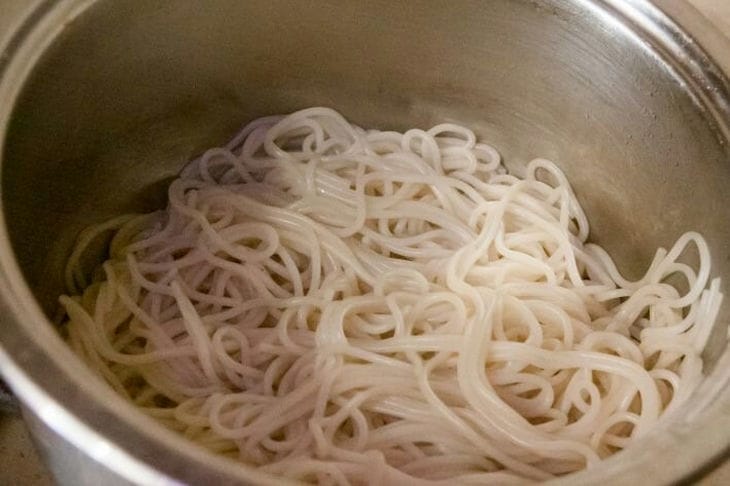Pasta made with whole grain flour differs from that made with white flour by being darker in color, having a nutty flavor and a coarser texture.
Which is healthier: white pasta or whole grain pasta
If we talk about regular pasta, then during the processing of the product, vitamins, minerals and fiber are removed, which, of course, is not good.
When you eat white flour pasta for lunch, you are less likely to feel full and, conversely, more likely to overeat.

Whole grains, on the other hand, contain much more protein, fiber, and nutrients, which means they help you add variety to your diet and feel full faster.
In addition, the fiber in whole grain pasta has a beneficial effect on the digestive process, promotes regular bowel movements and lowers cholesterol levels.
Should I Replace White Pasta With Whole Grain Pasta?
According to nutritionists, it does not always make sense to replace regular pasta with whole grain, since pasta is unlikely to be on your table every day.
In addition, we often eat pasta “in company” with sauces, meat, cheese and vegetables.
Therefore, if you add protein and vegetables to pasta and do not overuse fatty foods, even those that were prepared with white flour will be an excellent side dish.
Earlier we talked about the consequences of skipping breakfast .
